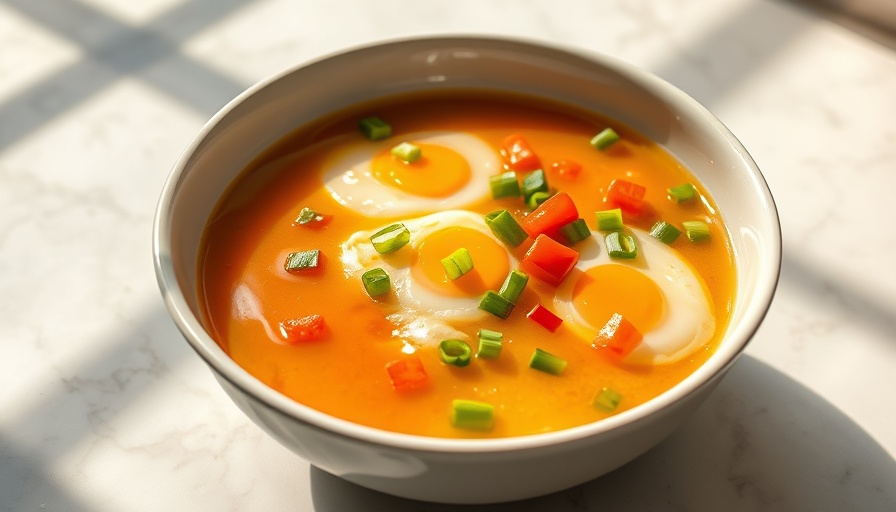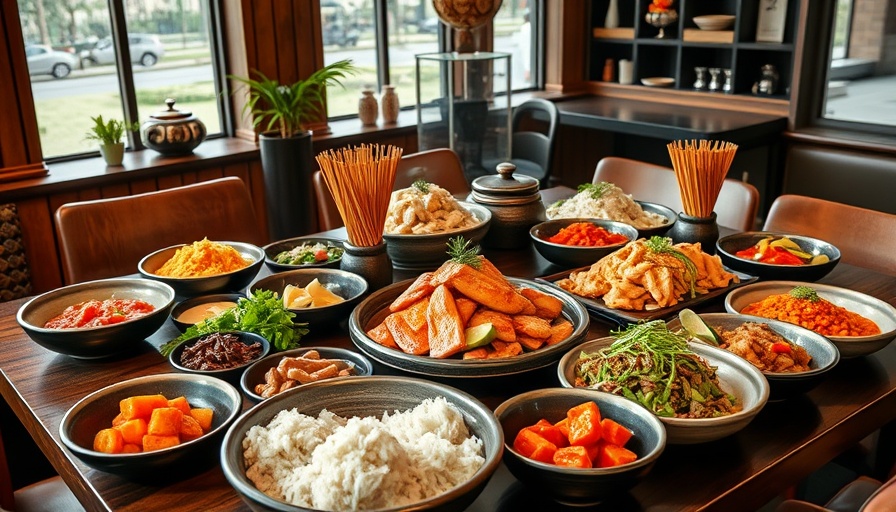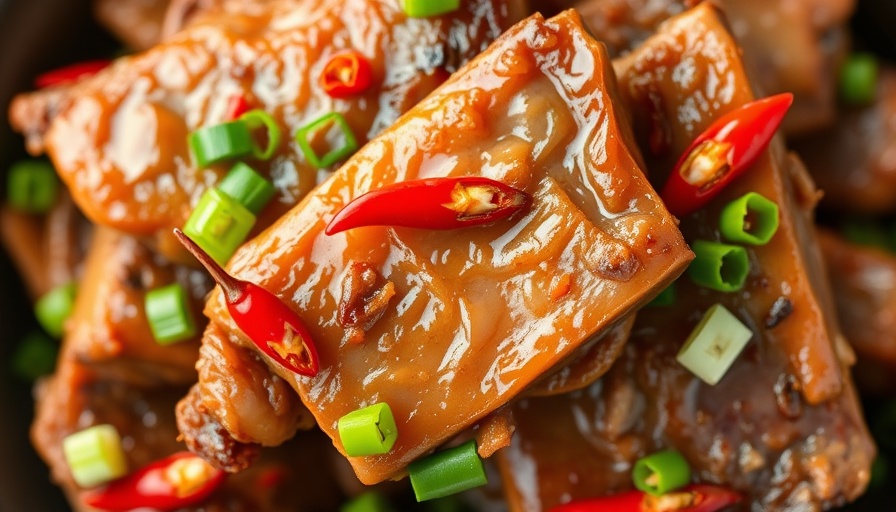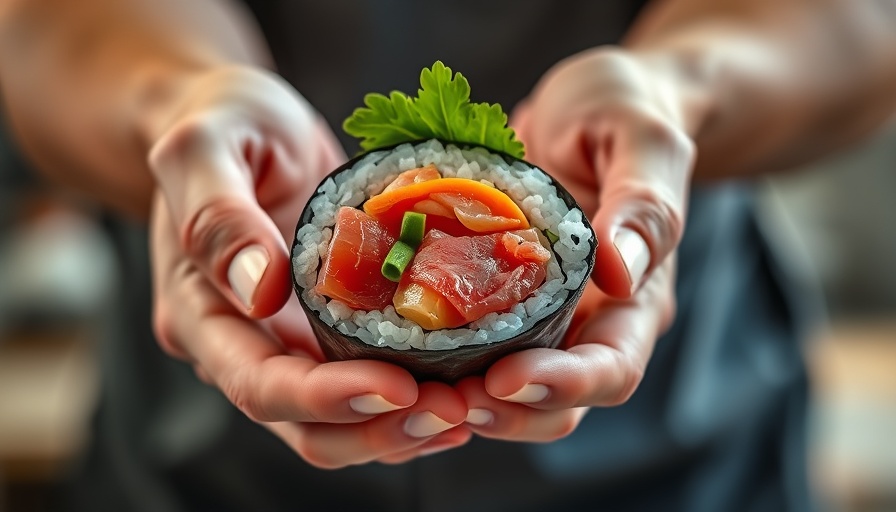
Why Chinese Steamed Eggs Are a Comfort Food Favorite
There’s something undeniably soothing about a bowl of Chinese steamed eggs. Traditionally known as shui dan (水蛋) or zheng shui dan (蒸水蛋), this delicately textured dish has been a staple across many Chinese households for generations. Whether it’s the end of a long day or a cozy gathering, this dish embodies comfort, providing not just nutrition but also nostalgia.
The Perfect Recipe: Simple and Quick
Making Chinese steamed eggs is incredibly easy and quick—taking only about 8 minutes from start to finish. With just a few basic ingredients: eggs, warm water, and salt, you can savor a warmth that fills your belly and soul.
The trick lies in the egg-to-water ratio. A 2:1 ratio ensures a silky, custard-like texture. Utilizing room temperature eggs helps the mixture blend smoothly, enhancing the dish’s overall quality.
How to Serve: A Versatile Delight
This dish can stand alone or be paired with rice, congee, or savory vegetables, making it adaptable for any occasion. Topping it with a simple soy-sesame sauce, sliced scallions, and red chili adds bursts of flavor, elevating this simple recipe to an extraordinary level.
Comparing Chinese and Korean Steamed Eggs: What Sets Them Apart?
At first glance, both Chinese and Korean steamed eggs may appear similar with their soft and jiggly texture. However, when you dig deeper, you'll find significant differences. Korean steamed eggs, or gyeran jjim (계란찜), tend to be fluffier and cooked directly over heat, often incorporating broth for a more robust flavor. Meanwhile, the Chinese variant is all about a smooth, creamy consistency achieved through careful steaming.
Embracing a Cultural Tradition
For those of us who grew up in Asian households, Chinese steamed eggs symbolize more than just a meal; they evoke childhood memories where this dish graced the table during family gatherings. From a simple after-school snack to a symbol of care when feeling unwell, steamed eggs resonate deeply within our cultural context.
Frequently Asked Questions About Chinese Steamed Eggs
As with any dish, there can be questions or hesitations about preparation. Here are some common FAQs:
- Can I use almond milk instead of water? While it can add a unique flavor, using water maintains the traditional taste and texture.
- How can I ensure there are no bubbles in the mixture? Straining the egg mixture before steaming is crucial for that silky, smooth result.
- What variations can I try? Feel free to experiment with different toppings such as mushrooms or pickled vegetables for a twist!
Conclusion: The Nutritional Value of Chinese Steamed Eggs
Chinese steamed eggs are not only delightful on the taste buds but also nutritious, packing in protein and essential nutrients with each spoonful. Perfect for anyone looking to add a warm, comforting dish to their repertoire, this easy recipe is a must-try—whether you're a seasoned chef or a kitchen newbie.
Take the time to make this dish, savor its flavors, and experience the warmth it brings! Chinese steamed eggs are more than just food; they are a representation of home, comfort, and warmth. Happy cooking!
 Add Row
Add Row  Add
Add 




Write A Comment